PHP is a popular programming language used for web development, and it has become an essential tool for developers worldwide. With the increasing demand for web applications, developers are always looking for ways to simplify their work and improve their productivity. One way to achieve this is by using a PHP framework.
A PHP framework is a collection of libraries, tools, and practices that help developers create web applications faster and more efficiently. It provides a structured way of building web applications by offering pre-built modules and libraries that can be easily integrated into the application. This saves developers time and effort and allows them to focus on the core functionality of the application.
Choosing the best PHP framework can be a daunting task, especially for beginners. There are many options available, each with its own set of features, advantages, and disadvantages. In this article, we will explore some of the most popular PHP frameworks and provide insights into their strengths and weaknesses. By the end of this article, you will have a better understanding of which PHP framework is best suited for your needs.
Evaluating PHP Frameworks
When evaluating PHP frameworks, there are several factors to consider. These include performance metrics, community support, and security features.
Performance Metrics
One of the most important factors to consider when choosing a PHP framework is its performance. This can be measured in several ways, including page load time, memory usage, and CPU usage.
Frameworks like Laravel and Symfony have been known to perform well in terms of page load time, while Yii 2 boasts low memory usage. It’s important to note that performance can vary depending on the specific requirements of your application.
Community Support
Another important factor to consider is the level of community support for the framework. This includes the availability of documentation, community forums, and third-party packages.
Frameworks like Laravel and Symfony have large and active communities, with extensive documentation and a wide range of third-party packages available. On the other hand, newer frameworks like FuelPHP may have less extensive documentation and a smaller community.
Security Features
Security is a critical consideration when choosing a PHP framework. Some frameworks have built-in security features such as CSRF protection, input validation, and XSS prevention.
Frameworks like Laravel and Symfony have a strong focus on security and come with several built-in security features. However, it’s important to note that the security of your application ultimately depends on how it’s implemented and configured.
Overall, when evaluating PHP frameworks, it’s important to consider a variety of factors, including performance metrics, community support, and security features. By carefully evaluating these factors, developers can choose a framework that meets the specific needs of their application.
Popular PHP Frameworks
When it comes to PHP frameworks, there are many options to choose from. However, some frameworks have stood out among developers due to their popularity, ease of use, and robust features. In this section, we will discuss the most popular PHP frameworks in 2024.
Laravel
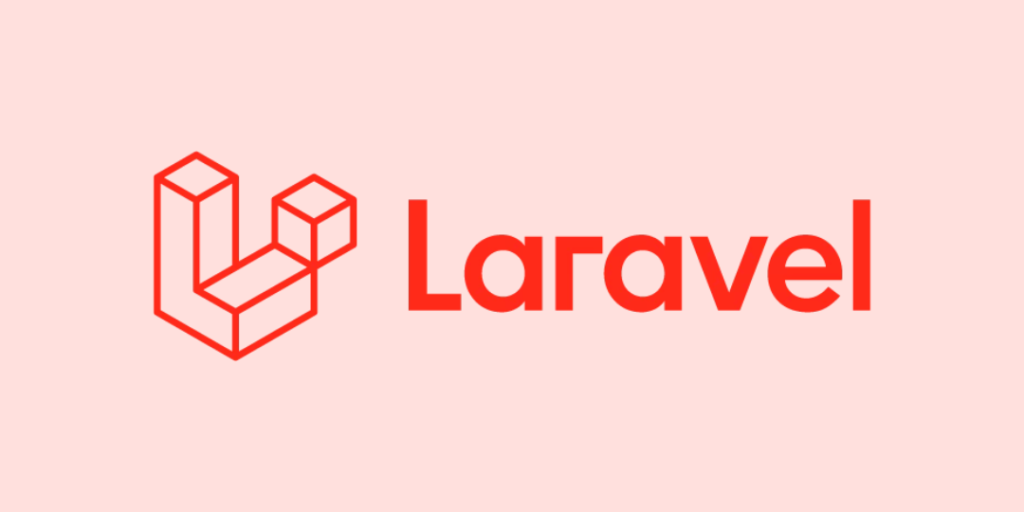
Laravel is a free, open-source PHP web application framework that was first released in 2011. It is one of the most popular PHP frameworks, and for a good reason. Laravel is easy to learn, has a vast community of developers, and provides a range of features that make web development more accessible and faster.
One of the best features of Laravel is its elegant syntax, which makes it easy to read and write code. Laravel also comes with a built-in command-line interface called Artisan, which helps developers automate repetitive tasks and speed up development. Additionally, Laravel has excellent documentation, making it easy for developers to get started with the framework.
Symfony
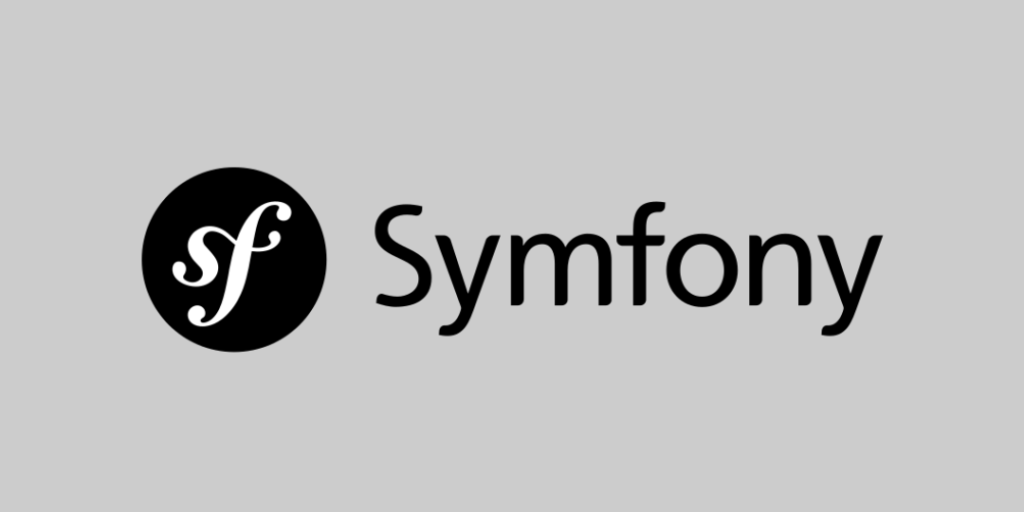
Symfony is another popular PHP framework that has been around since 2005. It is a full-stack framework that provides developers with a set of reusable PHP components that can be used to build web applications. Symfony is known for its flexibility, modularity, and scalability, making it an excellent choice for large-scale projects.
One of the best features of Symfony is its robust set of components, which can be used to build any type of web application. Symfony also has excellent documentation, making it easy for developers to learn and use the framework.
CodeIgniter
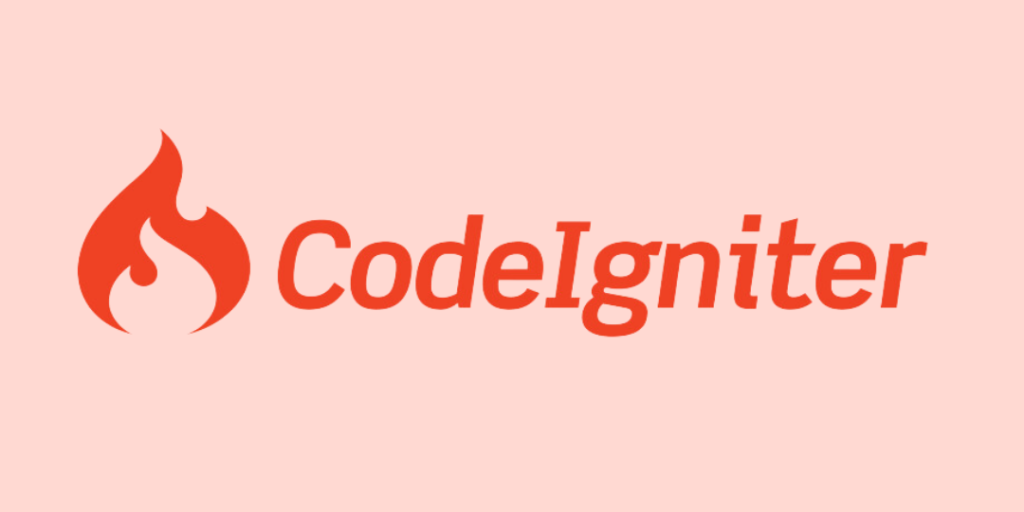
CodeIgniter is a lightweight PHP framework that was first released in 2006. It is known for its speed, simplicity, and ease of use, making it an excellent choice for small to medium-sized web applications. CodeIgniter is also easy to learn, making it an excellent choice for developers who are new to PHP frameworks.
One of the best features of CodeIgniter is its small footprint, which makes it easy to install and use. CodeIgniter also has excellent documentation, making it easy for developers to get started with the framework.
Zend Framework
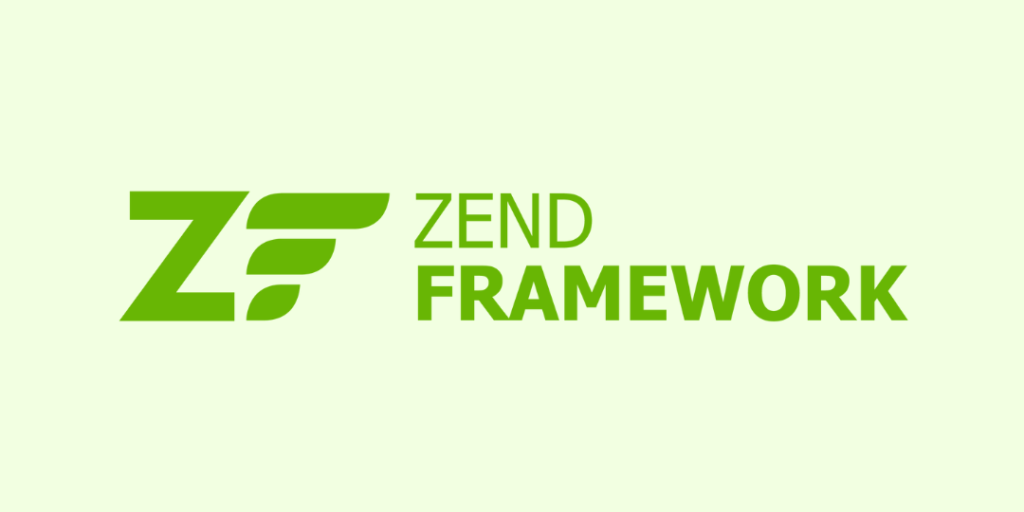
Zend Framework is a powerful PHP framework that was first released in 2006. It is known for its scalability, modularity, and enterprise-level features, making it an excellent choice for large-scale web applications. Zend Framework is also highly customizable, making it an excellent choice for developers who need a high level of control over their web applications.
One of the best features of Zend Framework is its robust set of components, which can be used to build any type of web application. Zend Framework also has excellent documentation, making it easy for developers to learn and use the framework.
Phalcon
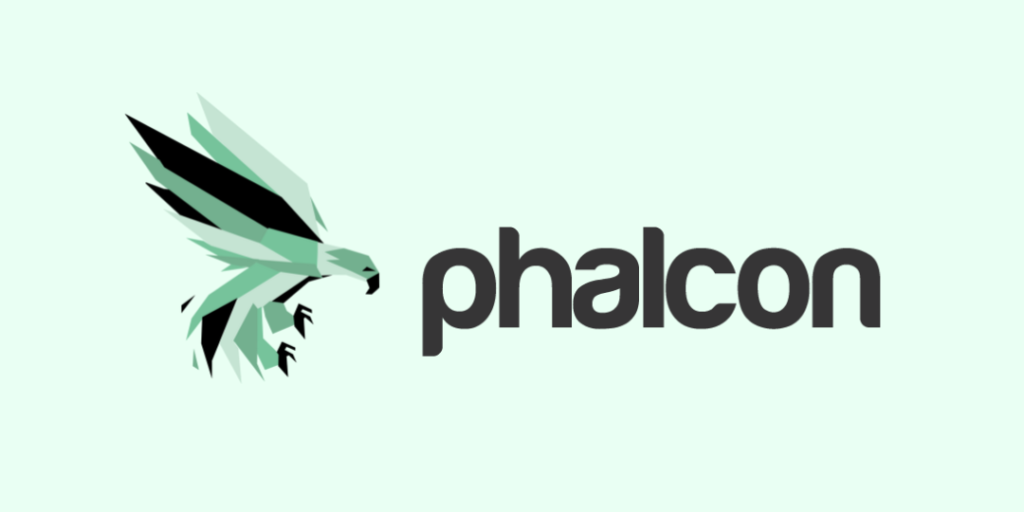
Phalcon is a high-performance PHP framework that was first released in 2012. It is known for its speed, low overhead, and excellent performance, making it an excellent choice for high-performance web applications. Phalcon is also highly customizable, making it an excellent choice for developers who need a high level of control over their web applications.
One of the best features of Phalcon is its low overhead, which makes it one of the fastest PHP frameworks available. Phalcon also has excellent documentation, making it easy for developers to learn and use the framework.
In conclusion, these are the most popular PHP frameworks in 2024. Each framework has its strengths and weaknesses, so it’s essential to choose the right one for your project. Whether you’re building a small web application or a large-scale enterprise application, there is a PHP framework that will meet your needs.
Framework Features
When choosing a PHP framework, it’s essential to consider the features it offers. Here are some of the most important features to look for:
Template Engines
A good PHP framework should have a robust template engine that allows for efficient and flexible front-end development. A template engine should provide an easy-to-use syntax for defining templates and integrating them with PHP code. Some popular template engines used in PHP frameworks include Twig, Blade, and Smarty.
ORM Capabilities
Object-Relational Mapping (ORM) is a technique that allows for the mapping of database tables to objects in code. A good PHP framework should have strong ORM capabilities that make it easy to work with databases. Some popular ORM tools used in PHP frameworks include Doctrine, Eloquent, and Propel.
Middleware & Routing
Middleware and routing are essential features of any PHP framework. Middleware allows for the processing of HTTP requests before they reach the application’s core logic, while routing determines how incoming requests are handled and processed. Good PHP frameworks should have robust middleware and routing capabilities that make it easy to build complex web applications.
Based on the search results, some of the most popular PHP frameworks with these features include Laravel, Symfony, Yii 2, Zend framework, FuelPHP, and CodeIgniter. However, it’s important to note that the best PHP framework for a project depends on the specific requirements and goals of the project.
Best Practices in PHP Development
When it comes to PHP development, following best practices is essential to ensure that the code is clean, maintainable, and efficient. In this section, we will discuss some of the best practices that developers should follow while developing PHP applications.
Coding Standards
Following coding standards is crucial in PHP development as it helps maintain consistency and readability of the code. There are several coding standards available, such as PSR-1, PSR-2, and PSR-12. Developers should choose a coding standard and consistently follow it throughout the development process.
In addition to following the coding standard, developers should also ensure that the code is properly indented, commented, and documented. This makes it easier for other developers to understand and modify the code in the future.
Testing & Debugging
Testing and debugging are essential components of PHP development as they help ensure that the code is functioning as expected. Developers should write unit tests for each component of the application to ensure that it is working correctly. They should also conduct regular debugging sessions to identify and fix any issues in the code.
In addition to unit testing, developers should also conduct integration testing to ensure that all the components of the application are working together correctly. This helps identify any issues that may arise when the application is deployed in a production environment.
Deployment Strategies
Deploying PHP applications can be a complex process, and developers should follow best practices to ensure that the deployment process is smooth and error-free. They should use a version control system such as Git to manage the codebase and ensure that all the changes are properly tracked.
Developers should also use a continuous integration and continuous deployment (CI/CD) pipeline to automate the deployment process. This helps ensure that the code is automatically tested and deployed to production, reducing the risk of errors and downtime.
In conclusion, following best practices in PHP development is essential to ensure that the code is clean, maintainable, and efficient. Developers should follow coding standards, conduct testing and debugging, and use proper deployment strategies to ensure that the application is functioning as expected.
Future of PHP Frameworks
Trends & Innovations
PHP frameworks are continually evolving to meet the demands of modern web development. One of the most significant trends in PHP frameworks is the integration of front-end technologies, such as React and Angular. Frameworks like Laravel and Symfony offer a streamlined workflow with Vue.js right out of the box, making them a popular choice for developers looking to build dynamic, full-stack applications.
Another trend in PHP frameworks is the development of micro-frameworks. These lightweight frameworks provide a minimal set of features and are designed to be flexible and easy to use. They are ideal for building small projects or for developers who prefer a more hands-on approach to coding.
In addition to these trends, PHP frameworks are also incorporating new features and innovations. For example, the Laminas Project is a suite of PHP packages that offer a wide range of functionality, including authentication, caching, and database access. These packages can be used individually or together to create powerful web applications.
Framework Evolution
PHP frameworks have come a long way since their early days, and they continue to evolve at a rapid pace. One of the most significant changes in recent years has been the move towards object-oriented programming. This shift has enabled developers to write more efficient and maintainable code, and it has also made it easier to create reusable components.
Another area of evolution in PHP frameworks is the development of tools and libraries that make it easier to work with databases. Many frameworks now offer built-in support for popular databases like MySQL and PostgreSQL, and they also provide tools for managing database migrations and schema changes.
Overall, the future of PHP frameworks looks bright. With continued innovation and development, these frameworks will continue to provide developers with powerful tools for building modern web applications.